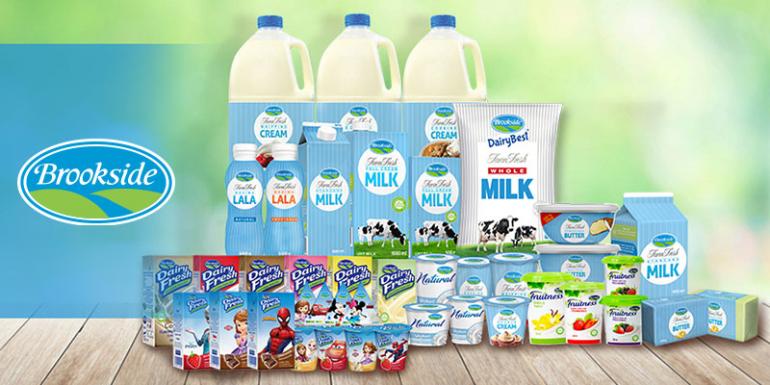Kenya’s growing population and increasing demand for dairy products are shaping the country’s agricultural and economic landscape. Here’s a detailed analysis based on the latest data and trends:
1. Population Growth and Demographics
-
Kenya’s population is rapidly expanding, with an estimated 57.5 million people in 2025, making it the 26th most populous country globally.
-
The population is growing at an annual rate of 1.95%, and it is projected to reach 63.1 million by 2030.
-
A key demographic feature is the youthful population, with nearly 75% under the age of 30. This demographic trend contributes to sustained demand for nutritious foods like dairy products.
-
Population density is 101 people per km², and urbanization is increasing, with 31.9% of the population living in urban areas as of 2025.
2. Dairy Production and Consumption
-
Kenya is a leading dairy producer in Africa, with total milk production reaching 5.76 billion liters in 2024.
-
The formal milk intake (milk collected by processors) has grown significantly, with Q1 2025 reaching 250.6 million liters, a 56% year-on-year increase. This surge is attributed to improved logistics, favorable climate conditions, and efforts to formalize the supply chain.
-
The formal sector is on track to exceed 1 billion liters in annual intake for the first time in 2025.
-
Per capita milk consumption is 16.5 kg per person in 2025, generating $29.70 in revenue per person.
3. Market Trends and Economic Impact
-
The milk market revenue is projected to reach $1.71 billion in 2025, with an annual growth rate of 7.83% (CAGR 2025–2030).
-
Consumer preferences are shifting towards organic, locally sourced, and lactose-free milk products, reflecting increased health consciousness.
-
The government aims to boost dairy exports to $69.5 million in 2025, targeting markets in the Middle East, South Sudan, Somalia, and potentially the European Union after obtaining certifications.
-
Despite high production, 4.8 billion liters of milk were sold unprocessed in 2024, highlighting opportunities for value addition through products like butter, cheese, and yogurt.
4. Challenges and Innovations
-
Climate change and disease outbreaks (e.g., mastitis) pose risks to production. Efforts are underway to adopt climate-resilient practices, such as promoting camel milk in arid regions and improving forage production.
-
Processing bottlenecks and inadequate cold chain infrastructure limit value addition. Investments in modern processing plants and digital tools (e.g., DigiCow for herd management) are addressing these issues.
-
Poor animal nutrition leads to a milk supply deficit of 4.42 billion liters annually. Initiatives like the Nourishing Prosperity Alliance (NPA-Forage) aim to improve forage quality and increase yields, targeting 3.4 billion liters of annual production by 2028.
-
Technology adoption, such as sexed semen technology to increase heifer births, is enhancing dairy herd productivity.
5. Future Outlook
-
Kenya’s dairy sector is poised for growth, driven by population expansion, urbanization, and rising incomes.
-
The government and private sector are focusing on value addition, export diversification, and sustainability to harness the sector’s potential.
-
The African Continental Free Trade Area (AfCFTA) offers opportunities to access new markets in Africa, such as the Democratic Republic of the Congo.
6. Local Dairy Farms: Uwezo Farm
For those interested in engaging with a local producer at the heart of Kenya’s dairy region, consider Uwezo Farm:
📍 Location: Miharati, Kipipiri, Nyandarua
📲 Phone: 0717 548 103
✉️ Email: info@uwezofarm.co.ke
Conclusion
Kenya’s growing population and rising demand for dairy products are driving significant growth and innovation in the dairy sector. However, challenges related to processing, climate resilience, and animal nutrition need to be addressed to fully leverage the opportunities for economic development and food security.

